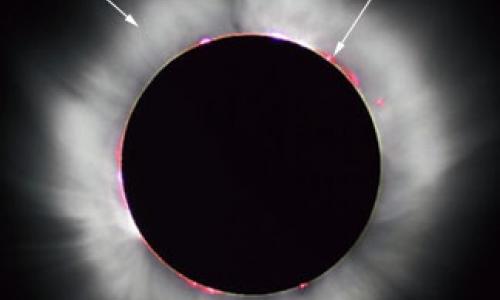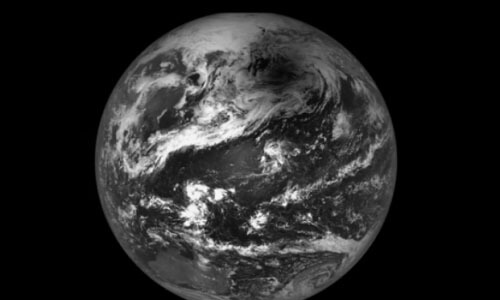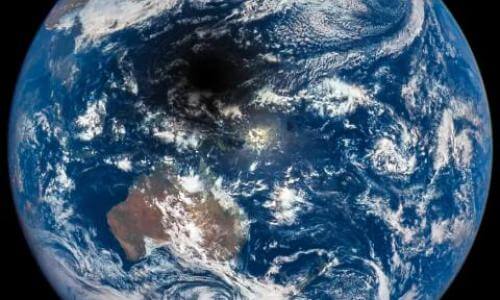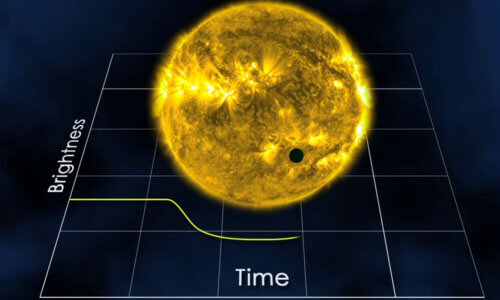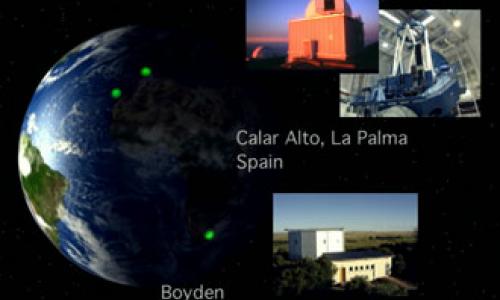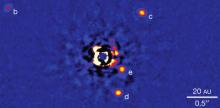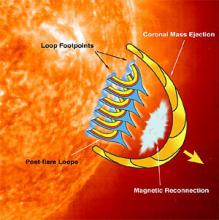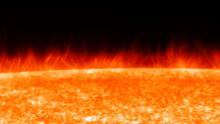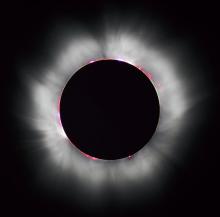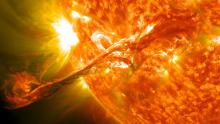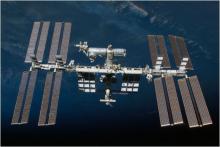The August 21, 2017 total solar eclipse offers scientists a unique opportunity to pursue a number of unique science and engineering problems. The very dark color of the moon can be used to calibrate X-ray imagers to properly record the ‘zero signal’ state, while the eclipse will block out the disk of the sun letting the light from the mysterious inner corona within 100 km of the solar photosphere shine into various experiments for detailed study.
This page introduces you to some of the unique observations planned by NASA of the sun and moon during this eclipse, and also provides interviews with scientists about their work and why they were drawn to careers in science.
